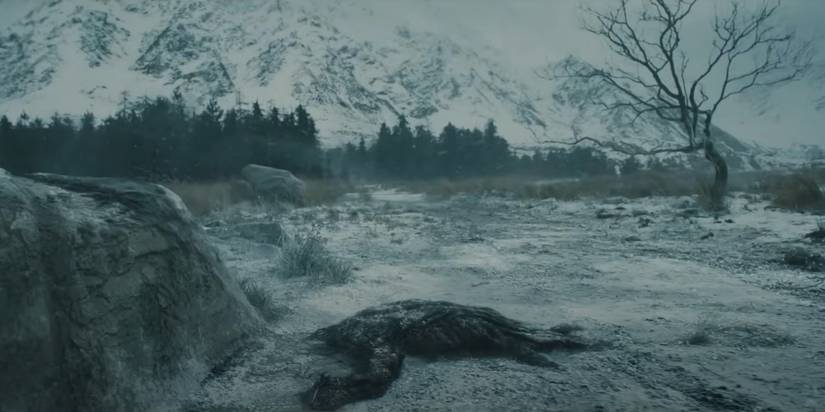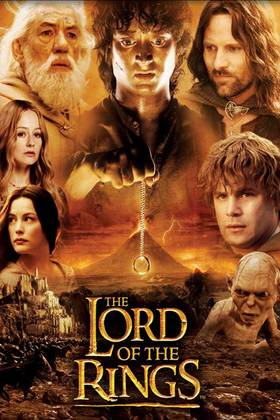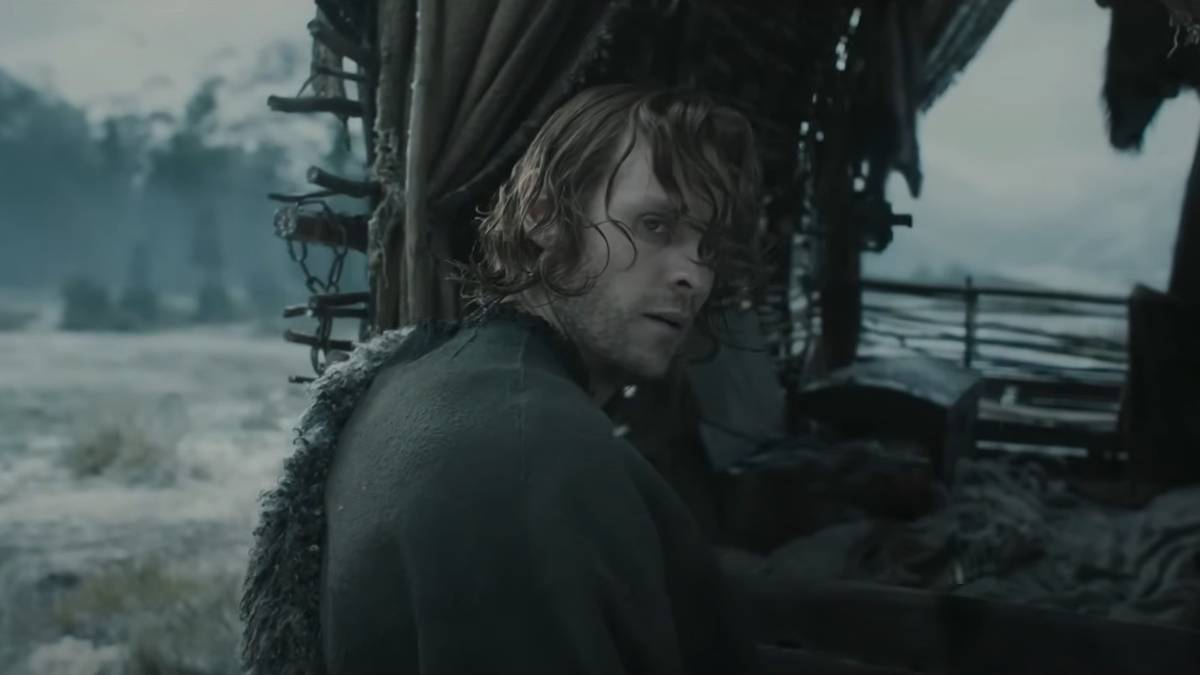The second season of Prime Video’s The Lord of the Rings: The Rings of Power opened with a flashback explaining how the Dark Lord Sauron assumed the form of Halbrand. After Morgoth’s defeat, Sauron was meant to take his place as the new Dark Lord, but during his coronation ceremony, Adar stabbed him in the back with Morgoth’s crown. This was a signal for the Orcs to swarm Sauron and brutalize him with their blades. They destroyed his body, but since he was an immortal Maia spirit, he could not truly perish. His black blood oozed through the cracks of the floor into an underground cave, where it coalesced into a writhing puddle of sludge that many viewers compared to the Symbiote of the Marvel universe.
Over the course of centuries, Sauron consumed any organisms unfortunate enough to cross his path, absorbing their mass and gradually increasing his strength. Sauron eventually escaped the cave and latched onto the wheel of a passing wagon. After devouring the unlucky driver, he was finally able to take on a new humanoid form. None of this happened in J. R. R. Tolkien’s The Lord of the Rings novel. Sauron was indeed a shapeshifter who could slowly reform his body after its destruction, but he did not become black slime in the meantime. Both he and his fellow Maia, Saruman, turned into clouds resembling mist or smoke when their bodies were slain. However, the Dark Lord’s gooey transformation was not entirely without precedent in Tolkien’s writings. The chapter “The White Rider” from The Two Towers included a line that evoked Sauron’s regeneration scene, and it likely served as inspiration for The Rings of Power’s writers.
The Balrog’s True Form Left Was Vague in The Lord of the Rings
When Gandalf the White reunited with Aragorn, Legolas, and Gimli in Fangorn Forest, he explained what had happened to him and the Balrog after they fell from the Bridge of Khazad-dûm. They landed in a pool of cold, dark water, one so far beneath the surface of Middle-earth that even the Dwarves of Moria did not know it existed. Gandalf and the Balrog continued their duel for ten days straight, ascending the Endless Stair as they did so. They eventually reached the peak of Celebdil, one of the three Mountains of Moria, where Gandalf finally slew the ferocious monster. Peter Jackson’s The Lord of the Rings: The Two Towers adapted this scene quite faithfully, but it excluded one detail: when the Balrog fell into the water, its appearance changed. As Gandalf told his companions, “His fire was quenched, but now he was a thing of slime, stronger than a strangling snake.”
Jackson originally intended to include this detail in the film. In the director’s commentary track for The Two Towers, he explained, “This scene was drastically shortened, before we ever shot anything, for budgetary reasons. Because once Gandalf hit the water, remember, we were gonna have the Balrog turn to slime, and he was gonna be like a slimy Balrog creature fighting underwater.” Though this passage may seem strange to those who have not read the novel, it was in keeping with Tolkien’s amorphous descriptions from earlier in the text. In the films and in The Rings of Power, the Balrog was a bestial demon with stony skin, but in the novel, it lacked such tangible features. According to the chapter “The Bridge of Khazad-dûm” from The Fellowship of the Ring, “What [the Balrog] was could not be seen: it was like a great shadow, in the middle of which was a dark form, of man-shape maybe, yet greater.” When it fell into the water, it was no longer obscured by fire and smoke, but it remained just as difficult to clearly define.
Sauron and the Balrog Were Similar Beings

Image via Amazon Prime Video
The context of the Balrog’s transformation in the novel differed significantly from Sauron’s in The Rings of Power; Sauron turned to sludge because his body was destroyed, while the Balrog simply did so as a result of exposure to water. However, the general concepts were similar.
It would make sense for a description of the Balrog to have inspired a depiction of Sauron, because the Balrogs were also evil Maiar. They were some of Morgoth’s oldest and most fearsome followers, often serving as lieutenants in his army. Though The Rings of Power has departed from the lore of Tolkien’s legendarium in many major ways, it has also included some minor details that only die-hard fans of The Lord of the Rings are likely to notice, so Sauron’s slime form could easily have been a nod to the Balrog’s.

Frodo, Sam, Gollum, Aragorn, Gandalf, Eowyn and Arwen are surrounding the title on The Lord of the Rings Franchise Poster.
- First Film
-
The Lord of the Rings: Fellowship of the Ring
- Latest Film
-
The Hobbit: The Battle of the Five Armies
- Latest TV Show
-
The Lord of the Rings The Rings of Power
